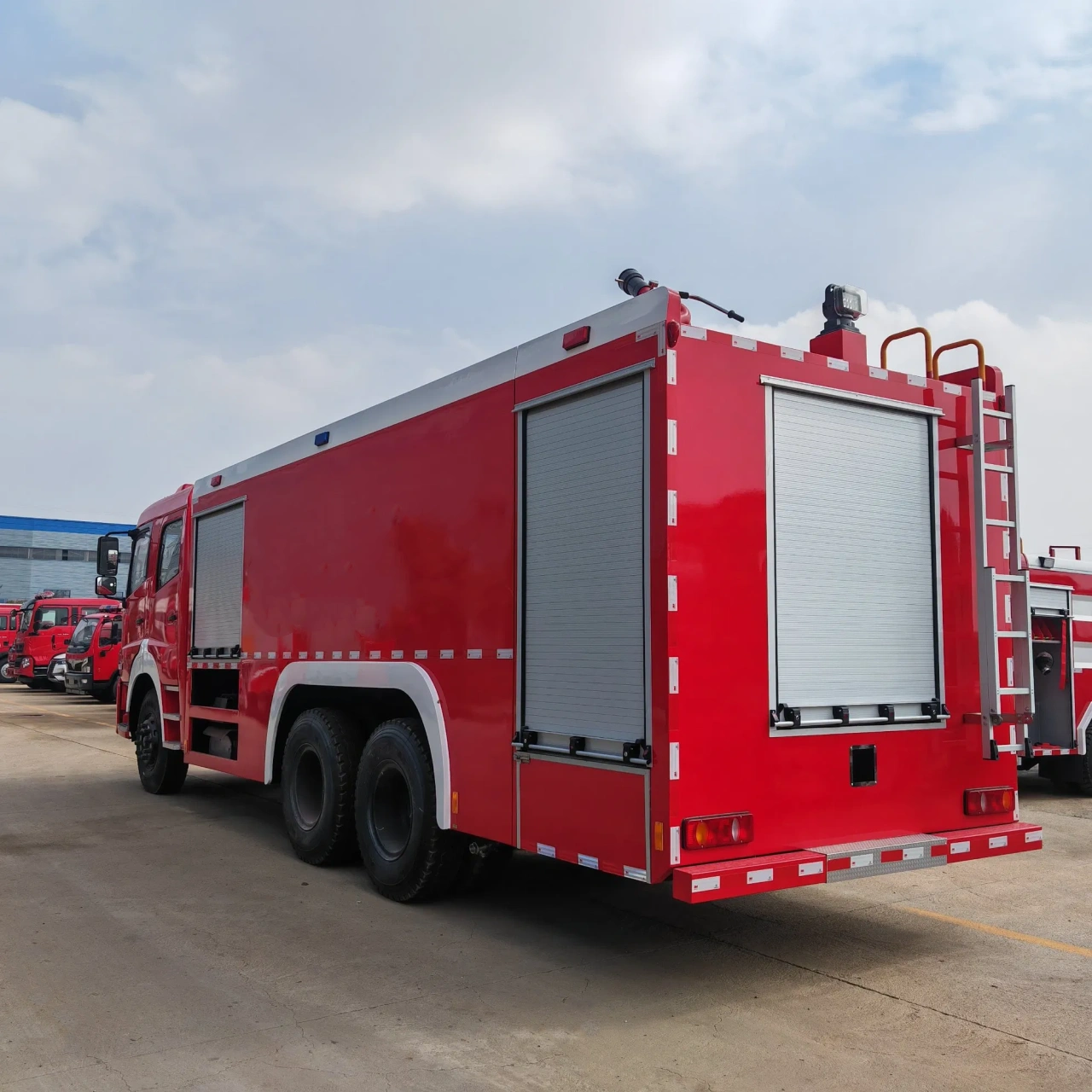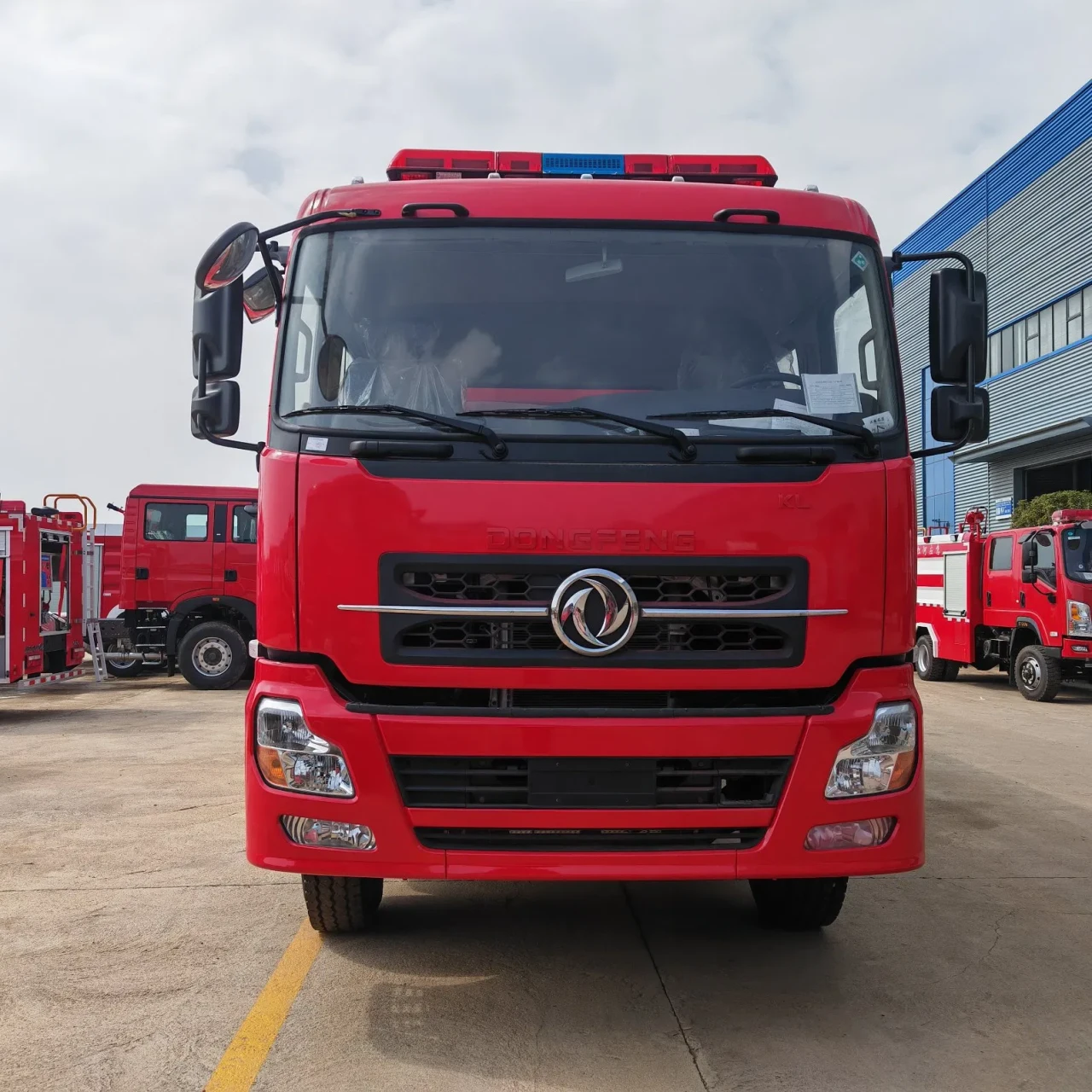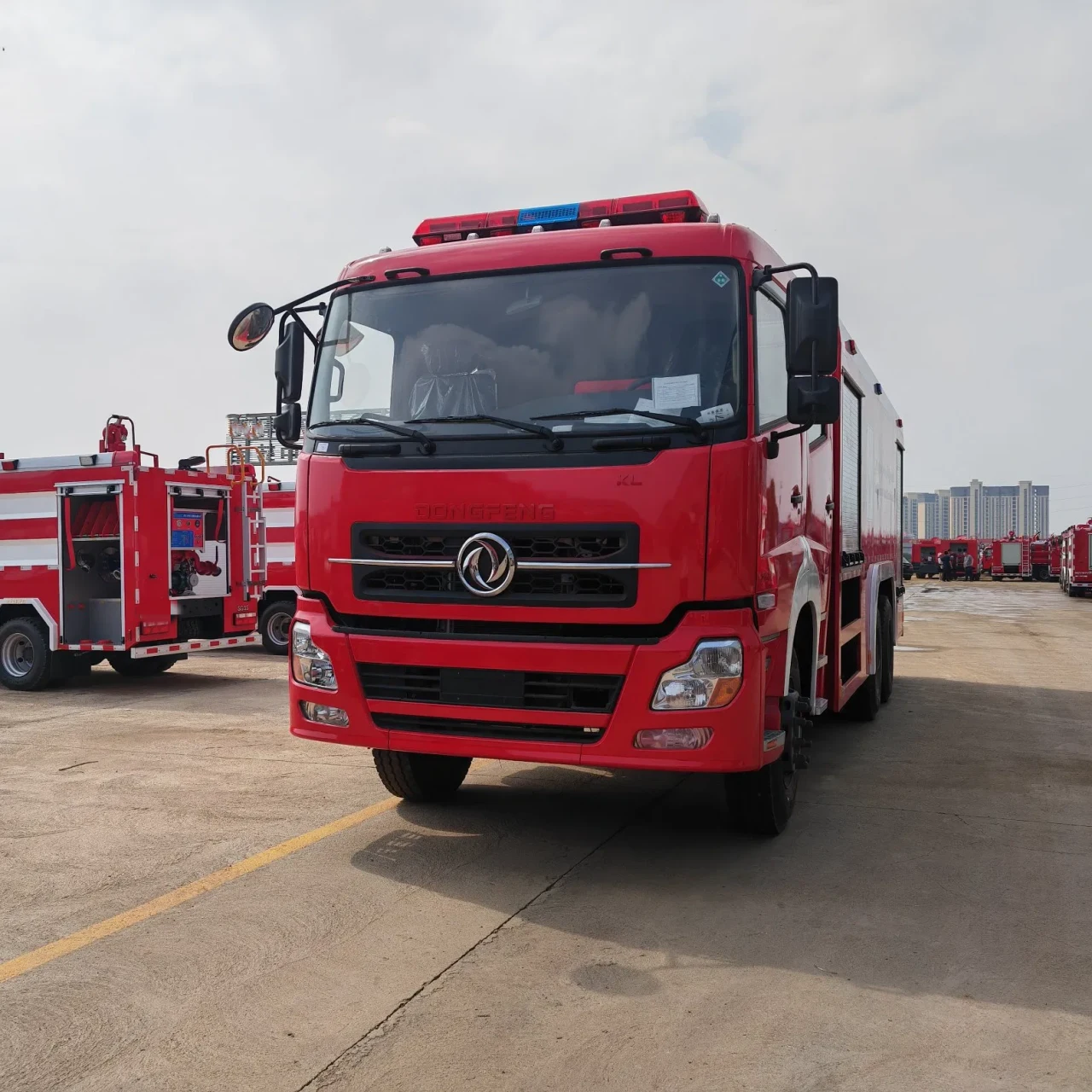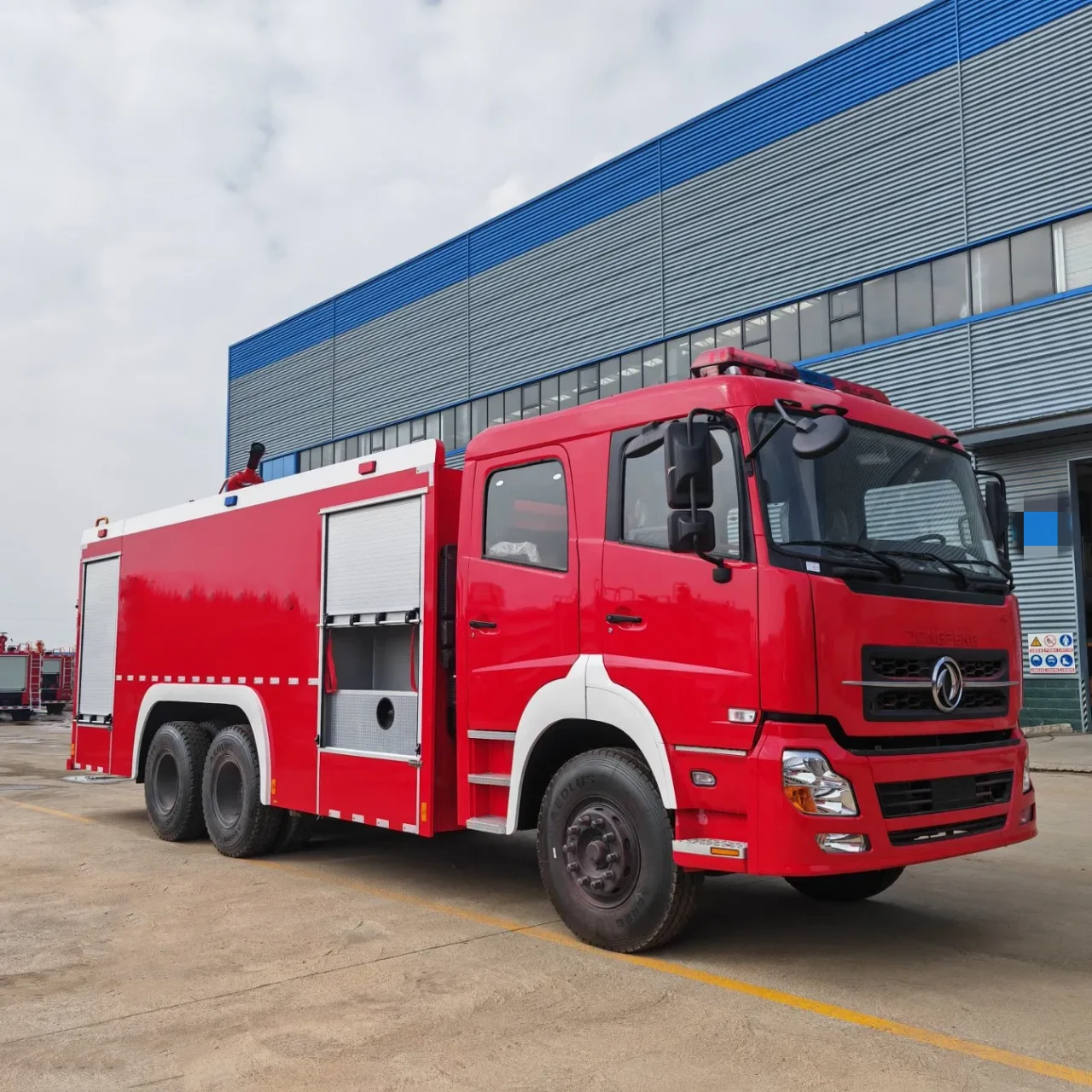When a fire breaks out, we often see massive red vehicles racing to the scene, sirens blaring and lights flashing. Most people call all of these vehicles “fire trucks.” However, there’s an important distinction between a fire truck and a fire engine. While the terms are often used interchangeably by the public, professionals in the fire service use them to describe different types of emergency response vehicles with distinct roles, equipment, and capabilities.
Understanding the difference can not only clarify what these vehicles do but also deepen appreciation for how fire departments operate and respond efficiently to emergencies.
Definitions and Core Functions
What is a Fire Engine?
A fire engine, sometimes referred to as a pumper, is primarily designed to pump water and suppress fires. It carries the tools and personnel necessary for extinguishing fires. This includes hoses, water tanks, and onboard water pumps, which are critical for getting water to the fire quickly.
The key functions of a fire engine include:
- Supplying water to the fire scene
- Pumping water through hoses
- Carrying firefighters and their gear
- Providing basic medical support in many cases
A typical fire engine will also be equipped with adapters, hydrant wrenches, and a variety of nozzles to handle different fire scenarios. In urban settings, fire engines often connect directly to fire hydrants, while in rural areas, engines may rely on their internal water tanks or shuttle water from nearby sources.
What is a Fire Truck?
A fire truck, on the other hand, is a support vehicle that is focused on rescue operations, ventilation, and accessing elevated locations. The most distinctive feature of a fire truck is its aerial ladder, which is used to reach high floors of buildings or access rooftops.
Fire trucks are equipped with:
- Aerial ladders or platforms (e.g., tiller trucks or tower ladders)
- Ground ladders of various lengths
- Extrication tools such as the Jaws of Life
- Power saws, fans, lighting equipment, and other rescue gear
Some fire trucks also feature quint capabilities (short for quintuple), meaning they combine elements of both engines and trucks by including a water pump, tank, and hoses along with a ladder.
Key Differences at a Glance
| Feature | Fire Engine | Fire Truck |
|---|---|---|
| Primary Role | Fire suppression | Rescue, ventilation, elevated access |
| Water Tank | Yes (typically 500–750 gallons) | Usually no |
| Pump | Yes (usually 1,000–2,000 GPM) | No (unless a quint) |
| Hoses | Carries attack and supply hoses | Minimal or none |
| Aerial Ladder | Rare | Yes (main feature) |
| Rescue Tools | Basic gear | Extensive extrication and technical tools |
| Personnel | Typically, 4-5 firefighters | Similarly, often 4-5 |
Common Misconceptions
The confusion between the terms is widespread, largely due to movies, media, and general public usage. Here are a few common misconceptions:
- All red emergency vehicles are fire trucks. While they may look similar, not all of them are fire trucks. Some are engines, some are rescue units, and others may be command vehicles.
- Fire trucks put out fires: In reality, fire engines do most of the water delivery and suppression work. Fire trucks support the suppression effort but are not the primary water carriers or pumpers.
- Ladders equal fire truck: This is mostly true, but in some cases, fire engines may have smaller ladders mounted for basic access—this does not make them trucks.
Equipment Breakdown
Fire Engine Equipment
- Large-diameter hoses
- Onboard water tank
- Pump panel and controls
- Basic medical supplies (often include AED and oxygen)
- Fire extinguishers
- Axes, pike poles, halligan tools
Fire Truck Equipment
- Aerial ladder (up to 100+ feet)
- Portable ground ladders
- Extrication tools (cutters, spreaders)
- Rope rescue kits
- Ventilation fans
- Scene lighting and generators
Operational Roles in an Emergency
In a typical structural fire scenario, both fire engines and fire trucks are dispatched. Here’s how they typically coordinate:
- Fire Engine arrives first, connects to a hydrant, and begins fire suppression. Crews pull hoses and enter the structure for interior attacks.
- Fire Truck arrives and sets up for ladder access. Firefighters on the truck perform ventilation (cutting holes in the roof), search and rescue, and assist with forcible entry.
- If occupants are trapped, truck crews handle the rescue, while engine crews suppress the flames.
This teamwork between the engine and truck is often referred to as a “2-piece company” in many departments.
Variations Across Departments
It’s important to note that not all fire departments use the same naming conventions. For example:
- Smaller departments may use combination units or quints to handle both engine and truck roles.
- Volunteer departments may not distinguish clearly due to budget constraints and vehicle multipurposing.
- Urban departments like those in New York City or Los Angeles tend to use the strictest division between engines and trucks due to their large fleets and complex infrastructure.
Some regions even use wildland engines, designed specifically for forest fires, which look very different from municipal fire apparatus.
Final Thoughts
Though “fire engine” and “fire truck” are commonly confused, they serve distinct and equally critical roles in firefighting and emergency response. Fire engines are the water and hose carriers—the true front line of fire suppression. Fire trucks bring the muscle and reach for rescue, ventilation, and technical operations.
Next time you see a big red vehicle rushing to a call, you’ll know to look a little closer. Does it have a big ladder? That’s a fire truck. Is it loaded with hoses and pulling water from a hydrant? That’s a fire engine.
Understanding this difference helps us appreciate the complexity and coordination involved in modern fire response. Behind every alarm is a team of professionals, each with a specific role to play, and the tools to get it done—whether on a truck, an engine, or both.











